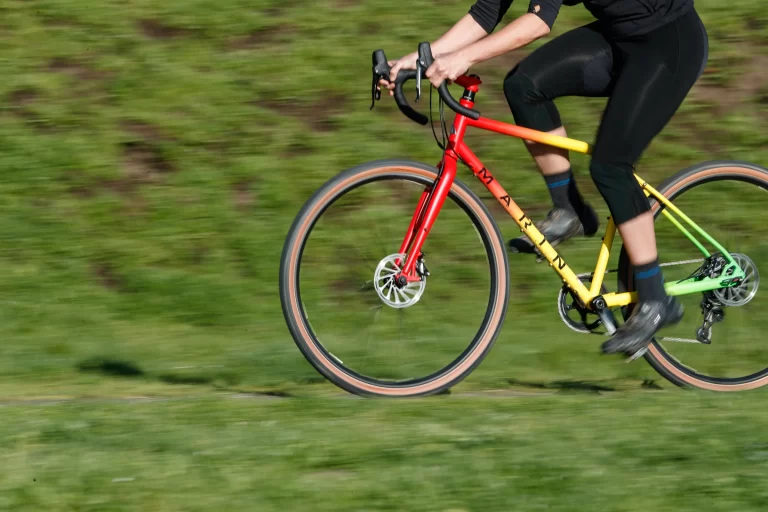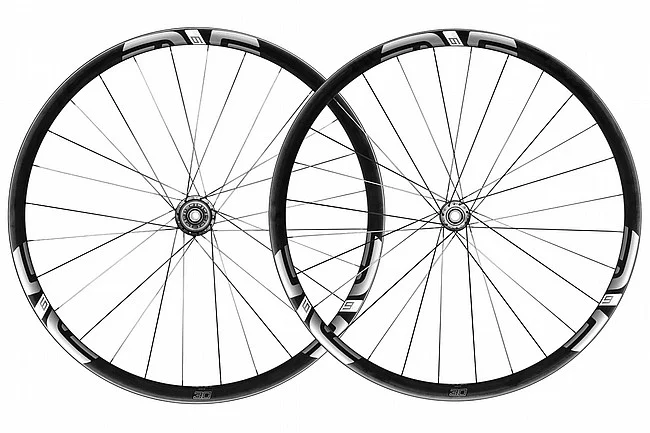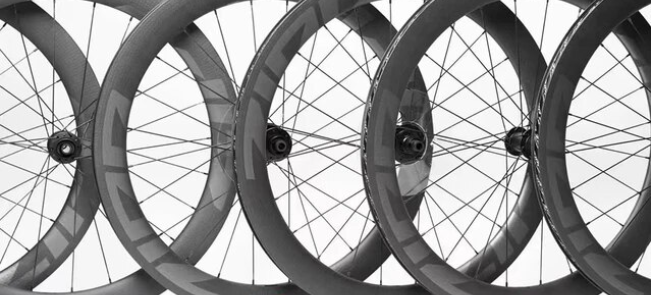Durability Considerations for MTB Wheels

Key Point Summary of Durability Considerations for MTB Wheels:
- Material Matters: The choice between aluminum and carbon fiber has a significant impact on both durability and performance.
- Rim Width and Profile: A wider rim supports tire stability and improves handling on rough terrains.
- Spoke Configuration: The number and arrangement of spokes can influence a wheel’s strength and ability to withstand impacts.
- Hub Integrity: The hub’s construction and bearing quality play a critical role in the wheel’s overall durability and lifespan.
- Tubeless Technology: Adopting tubeless tires can enhance puncture resistance and allow for lower tire pressures, which improves grip and comfort.
As a seasoned cyclist who’s had my fair share of thrills (and spills) across various disciplines – from the adrenaline-pumping descents on mountain bikes to navigating the unpredictable terrains on gravel and cyclocross bikes – I’ve come to appreciate the true backbone of any ride: the wheels.
Specifically, I want to dive into the world of mountain biking (MTB) wheels, where durability isn’t just a preference, it’s a necessity. Whether you’re just starting your journey or you’re a mid-level enthusiast looking to upgrade, understanding what makes MTB wheels stand the test of trails is crucial.
Deep Dive into Durability
Choosing the right wheels for your mountain bike is akin to selecting the right type of armor for battle. You want something that won’t just get you through the war but will also last through many. The journey to finding such wheels starts with understanding the key elements that contribute to their durability.

Durability Considerations for MTB Wheels: Material Matters
The debate between aluminum and carbon fiber wheels is ongoing, but when it comes to durability, each has its merits. Aluminum wheels are renowned for their robustness and ability to handle abuse without compromising integrity. They dent but don’t crack, offering a sort of visual ‘proof of life’ after a rough ride.
Carbon fiber, on the other hand, is lighter and can be engineered for specific strength characteristics. However, its failure mode is more catastrophic, usually cracking under extreme stress. Yet, advancements in carbon technology have significantly improved its resilience and impact resistance.
Rim Width and Profile
The evolution of MTB wheels has seen rims getting wider, a trend driven by the pursuit of better tire support and handling. A wider rim allows for a broader tire footprint, enhancing grip and stability over loose and technical terrains. The profile of the rim also matters; deeper profiles can offer more strength but may add weight and affect the wheel’s ability to absorb shocks efficiently.
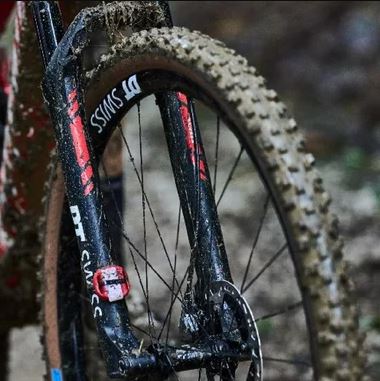
Spoke Configuration
Spokes are the unsung heroes of wheel durability. Their number, thickness, and pattern of lacing can dramatically affect a wheel’s strength and ability to distribute stress. Traditionally, more spokes meant a stronger wheel, but with modern designs and materials, wheel strength can be maintained or even improved with fewer spokes, thanks to strategic placement and tensioning.
Hub Integrity
The hub sits at the heart of wheel durability. A well-constructed hub with high-quality bearings not only ensures smooth rotation but also contributes to the wheel’s overall strength. The choice of hub can affect the wheel’s performance under load and its capacity to withstand the constant barrage of rocks, roots, and ruts that are par for the course in mountain biking.
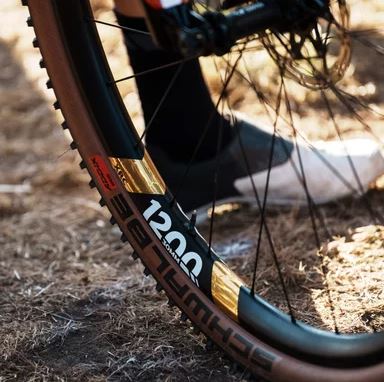
Tubeless Technology
The adoption of tubeless tires in mountain biking has been a game-changer for durability and performance. Eliminating the inner tube reduces the risk of pinch flats, and running lower tire pressures improves traction and shock absorption. Moreover, the sealant used in tubeless setups can repair small punctures on the fly, a boon for durability.
Wrapping Up
In the realm of mountain biking, the pursuit of durable wheels is both a science and an art. It requires a balance between understanding the technical aspects that contribute to durability and applying that knowledge to suit your specific riding style and terrain.
The right set of durable wheels can be your best ally. Regular maintenance, combined with informed choices about materials, construction, and technology, will ensure that your MTB wheels are not just durable but also capable of elevating your riding experience to new heights.
For cross-country (XC) and light trail use, the DT Swiss XRC 1200 SPLINE often receives accolades for its lightweight construction, durability, and excellent performance, making it a favorite among racers and performance-oriented riders.

In the trail and enduro segment, the ENVE M6 Series (M630, M635, M640) wheels are highly regarded for their strength, stiffness, and the brand’s commitment to quality and performance, albeit at a premium price.

For those who prioritize durability and are perhaps engaged in more aggressive trail riding, enduro, or downhill, the Santa Cruz Reserve 30 HD carbon wheels offer an exceptional balance of strength, weight, and reliability. Santa Cruz backs these wheels with an impressive warranty, underscoring their durability.

Lastly, for a balance of performance, durability, and value, the Industry Nine Hydra Enduro S wheels are often celebrated. They feature Industry Nine’s renowned hub system for quick engagement and are built to withstand the rigors of aggressive riding.

FAQ
What is the lifespan of bike rims?
The lifespan of bike rims varies widely based on material, usage, and maintenance. Aluminum rims might last 1-5 years with heavy use, while well-maintained rims under lighter use can last much longer.
How durable are carbon bike wheels?
Carbon bike wheels are very durable when used within their design specifications. They are resistant to corrosion and fatigue but can be susceptible to impact damage. With proper care, they can last many years.
How often do you need to replace mountain bike wheels?
There’s no set frequency for replacing mountain bike wheels; it depends on how aggressively and frequently you ride. Inspect them regularly for damage or significant wear, and replace them as needed, which could be anywhere from 2 to 5+ years.
How long do MTB wheel bearings last?
The lifespan of MTB wheel bearings can vary widely, from a few months to several years, depending on riding conditions, maintenance, and bearing quality. Regular cleaning and lubrication can extend their life significantly.

